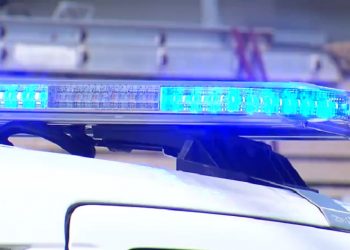KNOXVILLE, Tenn. – A recurring concern among local drivers in Knoxville has been the issue of overly bright headlights and their impact on road safety. Many have taken to WVLT’s “What’s Driving You Crazy?” form to express frustration over how bright lights, particularly high beams, can make it difficult to see the road clearly at night.
James McConnell, a Knoxville resident, shared his experience, explaining how the glare from bright headlights can obscure potential hazards on the road. “When you are driving at night on some of the rural roads, even on the interstate, if a car coming toward you has their brights on, it creates this glare,” McConnell said. “The objects entering the roadway in your field of view are obscured. You may not even see it until the last second.”
This issue has caused problems for McConnell in the past, especially on dimly lit stretches of road where visibility is crucial. His sentiments are echoed by many other drivers who feel that headlights have become excessively bright, making driving at night a challenge.
To address the issue, WVLT reached out to the Knoxville Police Department to inquire about the legal requirements for headlights and how enforcement is handled. According to Officer Scott Erland, the law is clear: drivers must dim their headlights when approaching oncoming traffic or following another vehicle. High beams are only permitted when traveling on a road without other vehicles nearby.
“The law does require you to dim your headlights,” Erland explained. “You want them on the low setting when you are driving into oncoming traffic or if you are behind another car.” However, while officers rarely issue tickets for high beam violations, Erland noted that a warning may be given to those whose bright lights pose a safety risk to others.
In addition to concerns about high beams, another topic that has surfaced is the increasing brightness of modern car headlights. Erland emphasized that the law mandates headlights be either white or amber, and while newer vehicles tend to have brighter lights, they are still within legal limits.
Both McConnell and Officer Erland agreed that the primary focus should be on ensuring drivers’ safety. “Our traffic enforcement is designed to change behavior; it is not designed to be punitive,” Erland said. “We want to change the behavior, and we want to keep people safe on the road.”
McConnell echoed this sentiment, urging drivers to consider their impact on others. “Just people being aware of ‘how can I be a safe and courteous driver,’ I think is the key.”
As the debate continues, it’s clear that greater awareness and courtesy on the road could go a long way toward reducing the hazards posed by bright headlights, especially at night.













